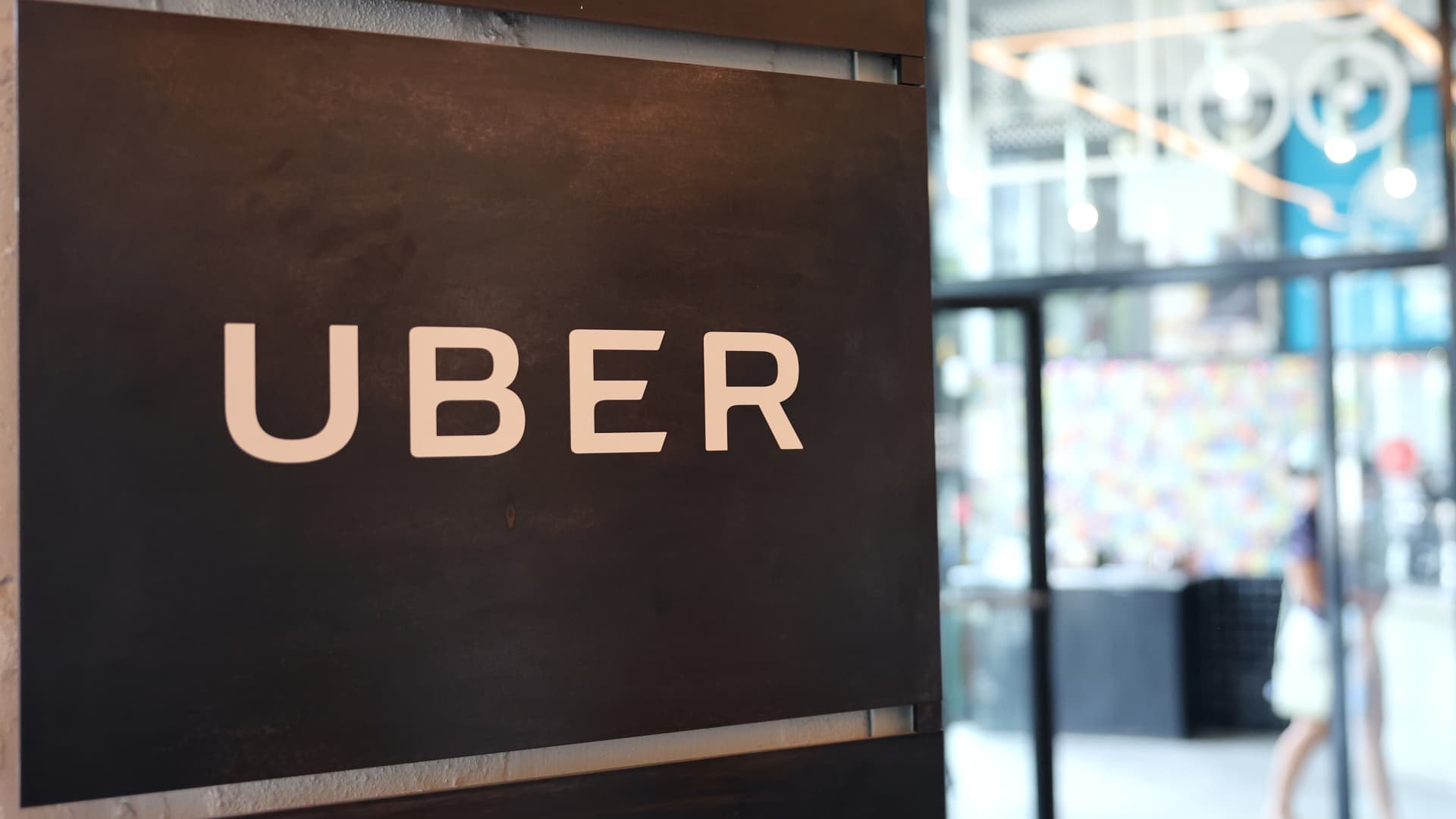Analysts are raising their forecasts on Uber Technologies stock by an outsized margin compared to peer tech names. CNBC Pro scanned the S & P 500 to find stocks where analysts have grown increasingly bullish since the start of what’s proven a tumultuous second quarter, and Uber stuck out. Specifically, the stock has seen its average price target increase 8% since the start of the second quarter on April 1. Shares have advanced 22% in that time, through Wednesday, and up nearly 47% in 2025. Analysts cite both strong demand for Uber’s core ride-sharing business as a reason for optimism, while also pointing to future growth opportunities thanks to the company’s investments in autonomous driving and its partnership with Waymo, Alphabet ‘s self-driving car project. UBER YTD mountain Uber stock in 2025. “Importantly, we expect the AV [autonomous vehicle] narrative for Uber to continue to improve as the launch [with] Waymo in Austin proves out higher utilization & scope expands, & we anticipate similar early progress soon in Atlanta,” JPMorgan analyst Doug Anmuth wrote in a May 20 note. “While there is still a long way to go, we believe Uber is becoming an increasingly valuable partner to AV tech providers as both a demand & utilization platform, as well as a fleet operator, as evident in its series of recent AI alliances.” Anmuth’s $105 per share price target implies about 19% upside from Wednesday’s $88.26 close. Waymo began offering robotaxi rides in Austin, Texas earlier this year, with the Google-backed company utilizing the Uber app to hail the cars. Uber no longer has a dedicated autonomous driving segment in 2020, with the firm instead now opting to combine its application platform with Waymo’s physical robotaxi technology. Elsewhere, TD Cowen analyst John Blackledge upped his price target to $104 per share from $96 in a note last week, implying about 18% upside from Wednesday’s close. While the analyst similarly views autonomous driving as a long-term growth driver for the ride-sharing segment, Uber should be one of larger beneficiaries. While human drivers won’t be displaced anytime soon, Uber benefits from offering both options, Blackledge said. “Near to medium-term, we believe that the optimal mix of rideshare vehicles in a given market implies human drivers should comprise the majority share (vs AVs), largely reflecting the highly variable nature of rideshare demand,” TD Cowen said. “This near-term dynamic favors rideshare platforms such as Uber and Lyft (which can offer riders both AV and human-led ride options) vs a pure-play AV rideshare network.”





